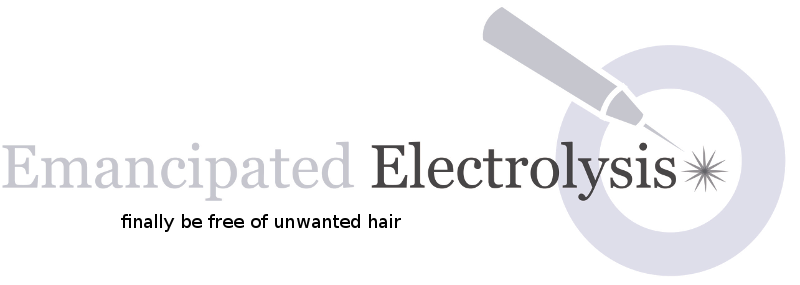Due to the way the hair growth cycle works and, how each individual follicle is on its own timeline, hair is constantly shedding from one follicle and starting in another. This is the reason why, even a few days after waxing, you can already start to notice new hair growing in. The only hairs that can safely be targeted by any method of removal are the ones that are growing, not the ones that are currently dormant and could activate tomorrow.
As the hair enters the anagen growth phase, it is at a fragile stage, with the papilla and bulge close together, making treatment more efficient and effective. It is an ideal time to kill the hair in a single treatment while keeping the visible growth to a minimum versus treating a hair in the middle/late anagen phase when the hair is more robust and the inner follicle more spread out.
For a heavy growth area that needs a lot of treatment, typically, we would recommend that the person comes in every week until the hair gets into a manageable state. From that point on, the frequency of the appointments will gradually decrease, going from weekly, to every other week, once a month, etc and/or the duration of the appointments will lesson. The same is true for less dense areas as well. At some point, the person will enter a bit of a maintenance state, where it isn’t really required to schedule an appointment ahead of time, but works better to call and make an appointment once they start seeing hair growing in. Typically, at this point, it becomes a matter of months between appointments, eventually tapering off to all of the hair being completely removed.
If people do not stick to a schedule, there is a high likelihood of hair that could have been treated going into the telogen state and becoming dormant, meaning it could be six months before there is a chance to treat the hair again. Along with that, there is a likelihood of hair that could have been well treated in the early anagen phase passing into the mid-anagen phase, becoming harder to destroy in a single treatment.
At Emancipated Electrolysis LLC, we want to help you permanently remove your hair as fast as possible. For more information about permanent hair removal or to book an appointment, contact us at hairinfo@EmancipatedElectrolysis.com or call us at 585-270-5230 and finally be freed from unwanted hair.
